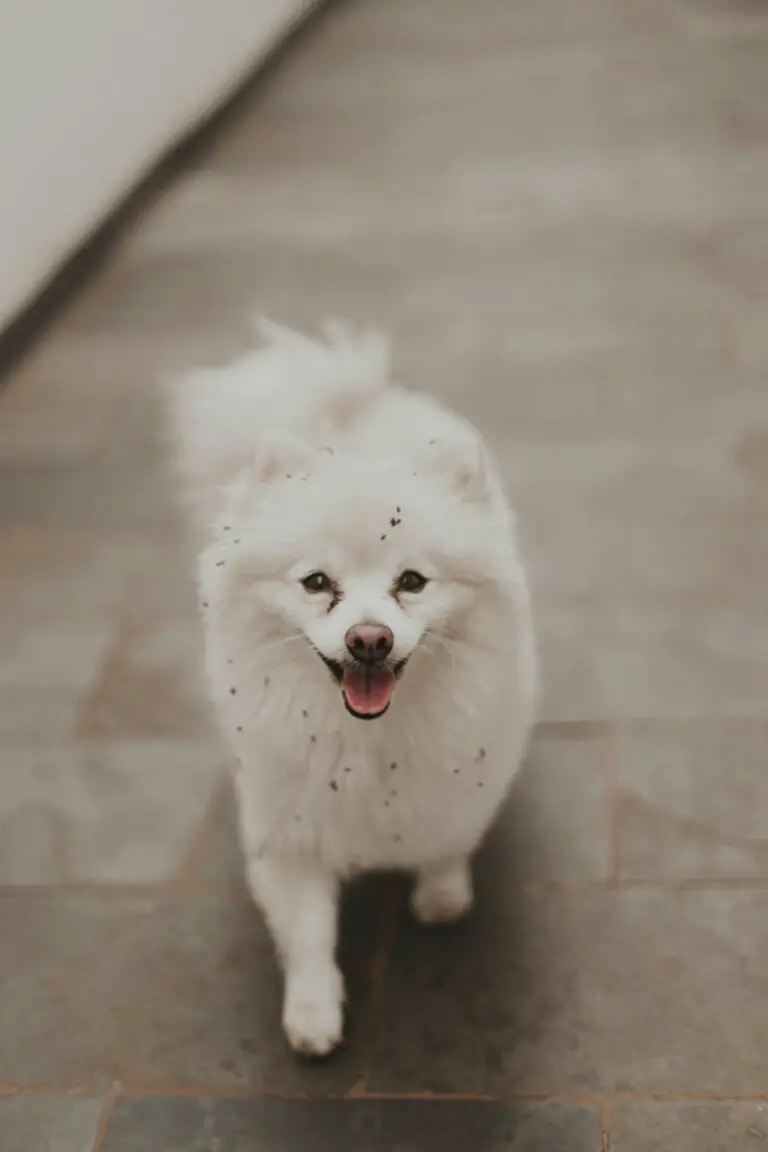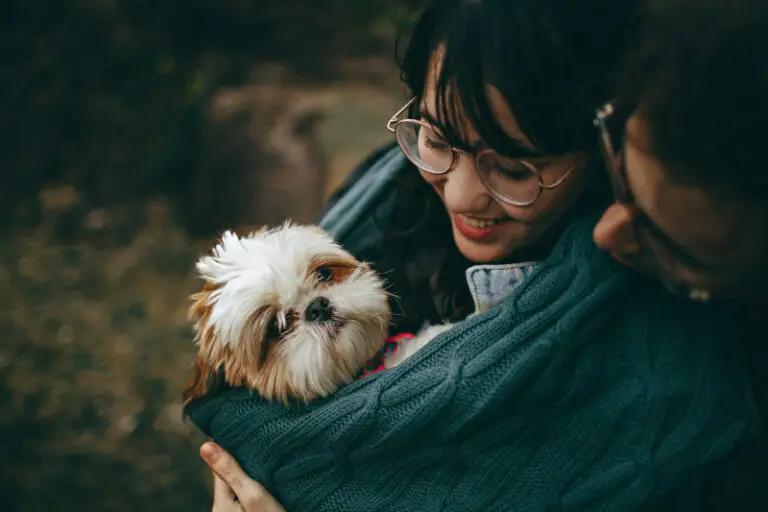Thinking of bringing a schnauzer dog home? Then you’ll be glad to know that there is a schnauzer for every lifestyle. It does not matter if you have small children, live in a small apartment, or do not have much time; You can always find the pet you are looking for among the different types of schnauzer.
Keep reading below to find out what they are and what characterizes them…
Table of Contents
Schnauzer Types: Miniature, Standard, and Giant
The 3 varieties within the schnauzer breed are the miniature, dwarf, or mini schnauzer, the standard or medium schnauzer, and the giant schnauzer. All 3 types arose in Germany, with the Standard as the original dog and the Miniature and Giant as its two later variations (in that order).
It should be noted that although they are described as different sizes of the same dog, the types of schnauzers are separated by more than just height. As an independent breed, each exhibits its own personality.
Different clubs, such as the American Kennel Club, the United Kennel Club, and the Federation Cynologique Internationale include the Standard Schnauzer and Giant Schnauzer in the “working dog” group, while the Miniature Schnauzer is considered part of the “terrier” group.
Some still dispute this classification due to the Miniature not sharing many of the characteristics common to other terriers.
See later: What is the Origin of the Schnauzer Breed? History, Types, and Curiosities
Miniature or Mini Schnauzer
As its name suggests, this is the smallest type of schnauzer. It can weigh between 5 and 9 kg (11-20 pounds) and measure between 30.48 and 35.56 cm in height.
It is a small, compact, robust, almost square dog with a rectangular head, V-shaped eyebrows that extend over the eyes and thick whiskers, and ears located high on the skull.
He is cheerful, affectionate, and intelligent. He gets along well with children and loves spending time with his family. He will always be ready to play and have fun in the company of his owner. Miniature Schnauzers generally get along with other dogs but can be aggressive towards cats.
He also considers that it is the best type of schnauzer dog for apartment living. Of course, it is an energetic dog that needs daily physical activity, whether in the form of walks, jogs, or off-leash play sessions.
Like any other dog, these dogs are prone to certain health problems, including liver disease, kidney stones, diabetes, eye problems, and skin disorders.
Keep in mind that, thanks to its small size, it can gain weight easily, which is why not overfeeding it is so important. Their life expectancy is 12 to 15 years.
- Their cute appearance, combined with a lively personality and great devotion to their owners, has made the Miniature Schnauzer a very popular pet.
- Many owners have more than one, as Minis tend to get along very well with other Minis. In fact, they are social creatures who do not appreciate being left alone in the house for long periods of time.
- It is a very adaptable dog, which is why it is considered suitable for families, single people, and the elderly. He will be happy as long as he feels involved in everything that happens.
- Although not recognized as an acceptable specimen by major clubs, the white Miniature Schnauzer is gaining popularity among breed lovers. Added to this are the Parti Schnauzers and the Toy Schnauzer, which is not a separate breed, but a smaller variation of the Miniature.
- Their coat requires a great deal of care, but this is offset by the fact that they are not heavy shedders and that their coat is hypoallergenic.
Standard or Medium Schnauzer
This is the original schnauzer, i.e. the ancestor of the giant and miniature types. As an adult, the male standard schnauzer measures between 47 and almost 50 cm and weighs between 15.85 and 22.67 kg (35-50 pounds). For its part, the female standard schnauzer can measure between 44.45 and 47 cm, as well as weigh between 13.60 and 20.41 kg (30-45 pounds).
Ideally, the height should be the same as the length, resulting in a fairly square print.
It is a robust and heavy dog, with dense and rough fur. Arched eyebrows, fluffy whiskers, and a full beard are the hallmarks of the breed.
The medium schnauzer is especially intelligent and fearless; not for nothing it usually serves as a therapy dog, search and rescue, and even as cancer and explosives detection dog. At the same time, it is an excellent option as a companion dog and family pet.
It has a playful, affectionate, and loyal temperament. Like the mini schnauzer, it can be a good dog for children. It is well suited to apartment living; It is not strictly necessary to have a garden or patio but consider that it is usually very active indoors.
Given its past as a working dog ( guard, hunter, buzzard, shepherd ), this is an energetic animal that requires daily physical exercise. He loves game sessions where he can run free.
Common health problems include hip dysplasia, hemophilia, bladder stones, and tumor development. Even so, it has a life expectancy of 15 years or more.
- Despite being the original type, the standard schnauzer is not as popular as its cousin the mini schnauzer.
- During World War I, it was used as a guard dog by the German Army and Red Cross carriers.
- These specimens are only considered purebred if their coat exhibits the colors salt and pepper, or solid black. Their coat is hypoallergenic and they hardly shed any hair.
- The lively, sometimes comical personality of this type of schnauzer makes it a special pet. He is intelligent, sociable, and alert. The combination of intelligence, creativity, great spirit, and sense of fun has earned him the nickname “dog with a human brain“. He is known to reach his full potential when he is treated as part of the family.
- If there is another dog or cat in the house, he will probably share the space with them, but consider that he can be aggressive with dogs he does not know.
Giant Schnauzer
If you like big dogs, then the Giant Schnauzer may be the best Schnauzer type you are looking for.
It is basically a large version of the standard, with an adult height of 64.77 to 69.85 cm in males and 59.70 to 64.77 cm in females. Males usually weigh between 27 and 38 kg (60-85 pounds) and females between 25 and 34 kg (55-75 pounds).
These are powerful specimens, of square proportions; the length between the point of the shoulder and the point of the rear is equal to the height at the withers.
Although also intelligent and easy to train, the Giant Schnauzer is very territorial and dominant, so it is not recommended for timid owners. This dog exhibits extremely protective behavior, hence the importance of training and socializing it as a puppy. In that sense, the owner must show firmness and consistency, combined with a calm and positive attitude.
When trained from a young age, they can be excellent pets for any family. He is a reliable, brave, loyal, bold, and vigorous companion who loves to be with his owner at all times.
This type of schnauzer dog is not suited to apartment living. It is usually quite active indoors, so it is advisable to have enough space outdoors. The giant of the breed needs vigorous exercise at least twice a day to spend all that excess energy that characterizes it.
Common health problems include epilepsy, hip dysplasia, certain eye conditions, thyroid disease, and cancer. However, these specimens have a long life expectancy, ranging from 12 to 15 years.
- The Giant Schnauzer is a dog that requires a lot of training and exercise, but with the right person, it can become a great pet. If you decide to have one at home, you must be prepared to dedicate quality time to it, from puppy to adult stage.
- As a guard dog, he is second to none. It has a natural ability to protect its owners and home. He likes to get involved in whatever his family is doing, even if they’re just sitting around watching TV.
- Salt and pepper, or solid black, are the only colors accepted in purebred Giant Schnauzers. As in the other schnauzer types, the double coat of these specimens is hypoallergenic and their shedding is low.
- If they are not exercised at least twice a day, they can be difficult to manage, even if they are well trained. A common phrase among breeders, owners, and trainers are “the best giant is the tired giant”.
Is the white miniature schnauzer a different type?
Due to their rarity and growing popularity, many wonder if these specimens are considered a different type of schnauzer dog than the usual miniatures. The answer is no.
White schnauzers are due to the presence of a double recessive gene. They are not albinos, nor are they the result of crossbreeding between schnauzers and westies. This mutation is considered almost unique to miniature schnauzers, as there are virtually no white giants or standards.
There are different types of white, for example:
- A colorless specimen is a dog with pure white fur. These are born with a pink nose, mouth, and pads, but later change to a more natural shade or base.
- A true white is one with a black nose.
- Other variations also exist, such as the silvery-white, yellowish-white, and false white, whose fur is a tan color at birth, but lightens over time.
- The subject of the different colors of schnauzers, and in particular white, is a matter of debate among clubs, breeders, and lovers of the breed. Many breeders claim that white Miniature Schnauzers occur naturally, and therefore should be fully accepted.
They are currently recognized by the International Cynological Federation as one of the four miniature schnauzer colors; however, they are still not accepted by several clubs, who question whether the origin of the white variation is associated with the genes of the breed originally recognized as the schnauzer, or if it was the result of later modifications.



